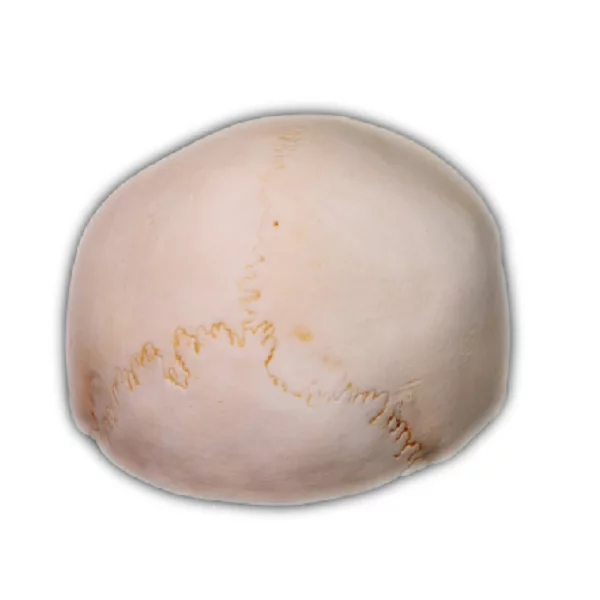As a medical student, understanding the intricacies of the human body is crucial. Anatomical models provide an invaluable tool for visualizing and comprehending complex anatomical structures. In this article, we will explore different types of anatomical models that are specifically designed to aid medical students in their studies.
Click to find more about anatomical models for medical students.
The Importance of Anatomical Models
Anatomical models offer a hands-on approach to learning anatomy, allowing students to interact with three-dimensional representations of various body parts and systems. These models provide a tangible representation that enhances understanding and retention of anatomical knowledge.
By using anatomical models, medical students can study the structure and function of organs, bones, muscles, and other components of the human body in a realistic manner. This practical experience helps them develop essential skills needed for clinical practice.
DIGIHUMAN: The Future of Anatomical Models
DIGIHUMAN is an innovative company revolutionizing the field of anatomical modeling. Their cutting-edge technology combines high-resolution 3D printing with advanced materials to create incredibly lifelike replicas of human anatomy.
These state-of-the-art DIGIHUMAN models accurately depict intricate details such as muscle fibers, blood vessels, nerves, and even microscopic structures within organs. Medical students can examine these models from every angle and gain a comprehensive understanding of human anatomy like never before.
Augmented Reality Anatomy: A New Dimension in Learning
In recent years, augmented reality (AR) has emerged as another powerful tool for medical education. AR allows users to overlay digital information onto real-world objects through smartphone apps or specialized devices.
With augmented reality anatomy applications, medical students can superimpose virtual images onto physical anatomical models or even their own bodies. This interactive experience enables them to visualize internal structures, explore different layers of anatomy, and understand spatial relationships in a dynamic and engaging way.
Conclusion

Anatomical models play a vital role in the education of medical students. They provide an immersive learning experience that enhances understanding and retention of complex anatomical concepts. Whether through advanced 3D printing technology like DIGIHUMAN or augmented reality applications, these models offer innovative ways for medical students to explore and master human anatomy.
